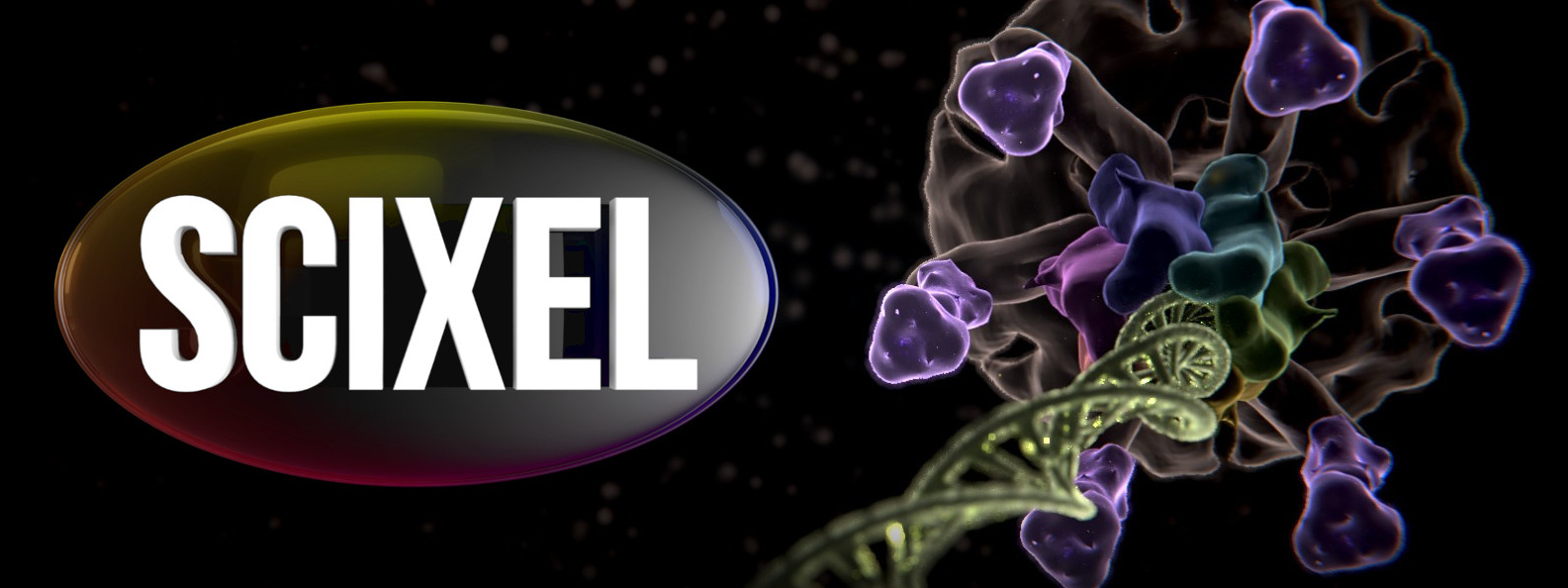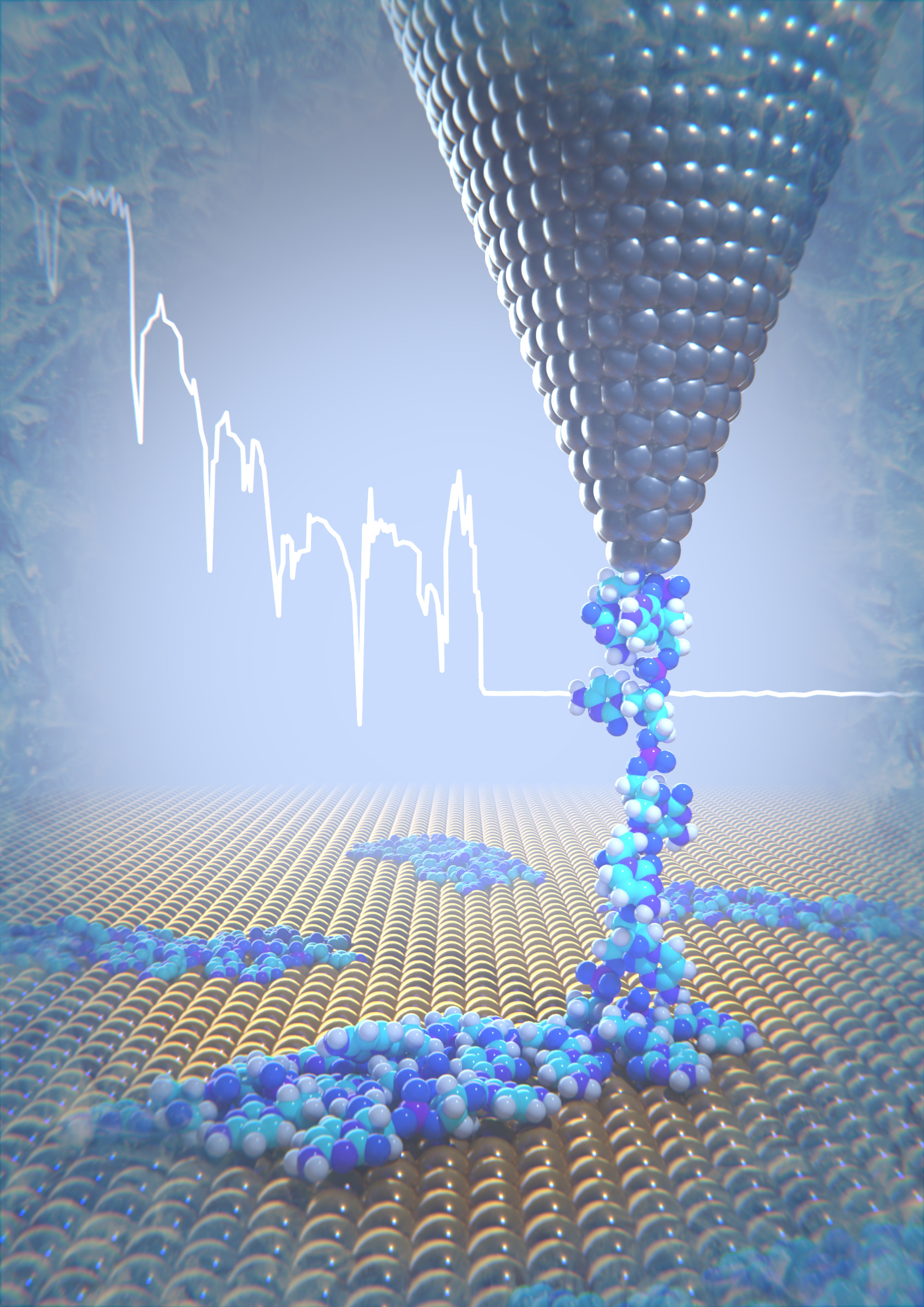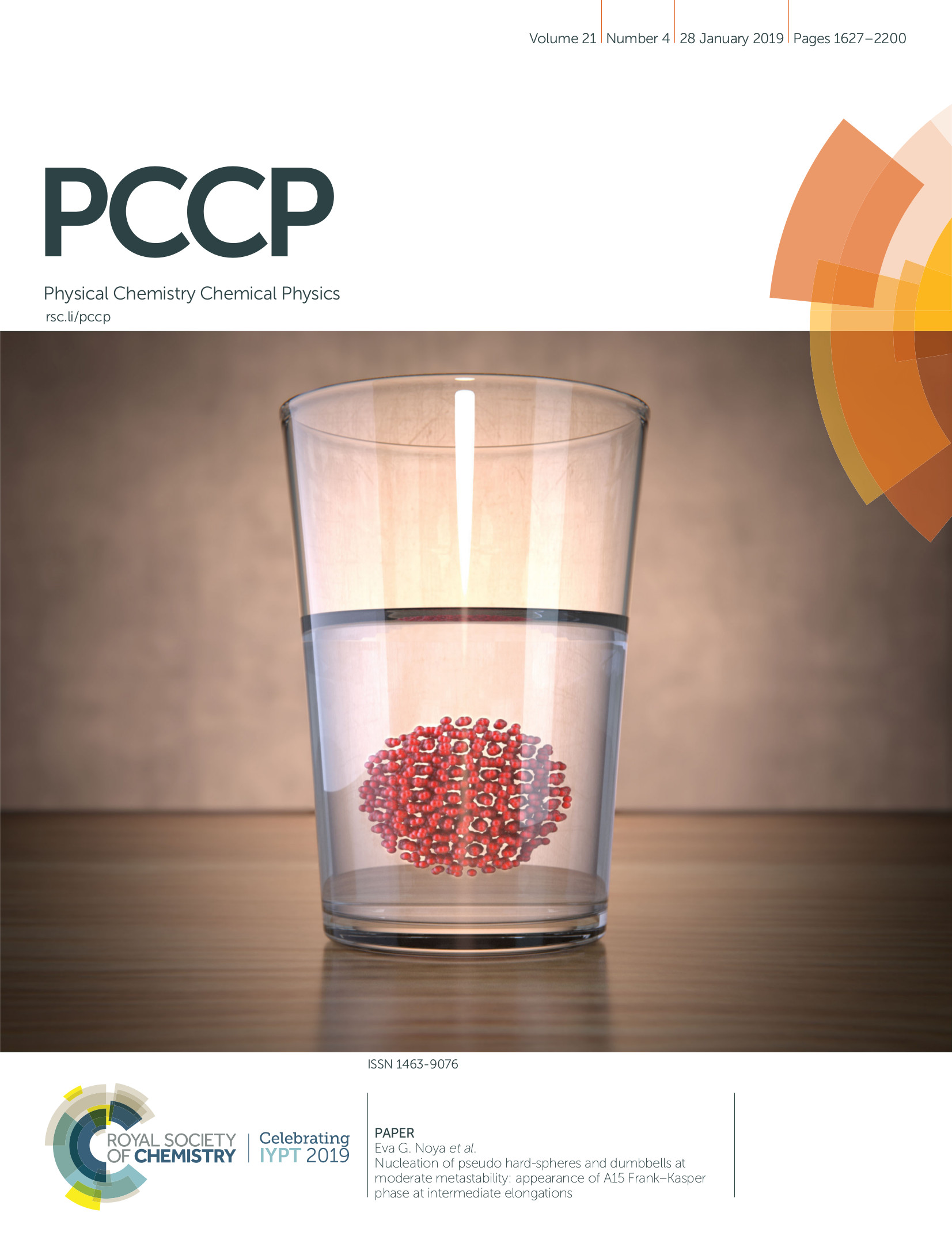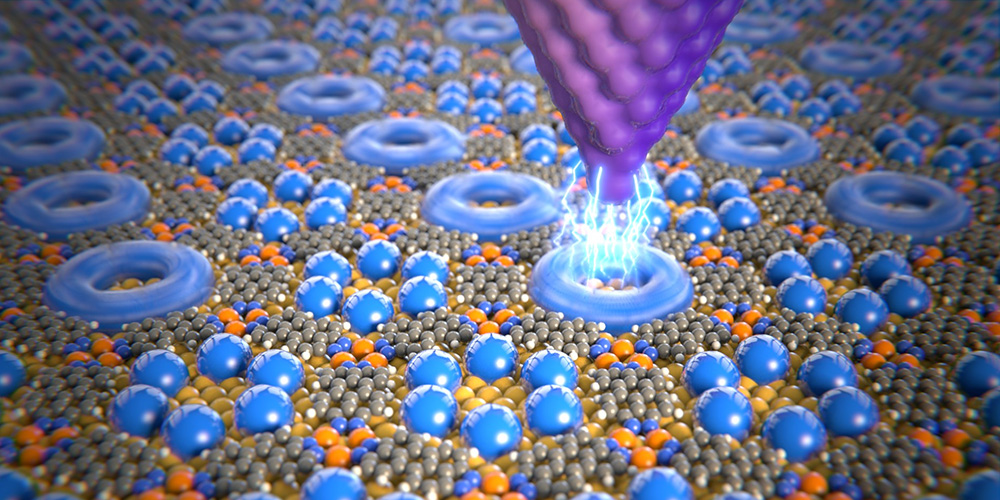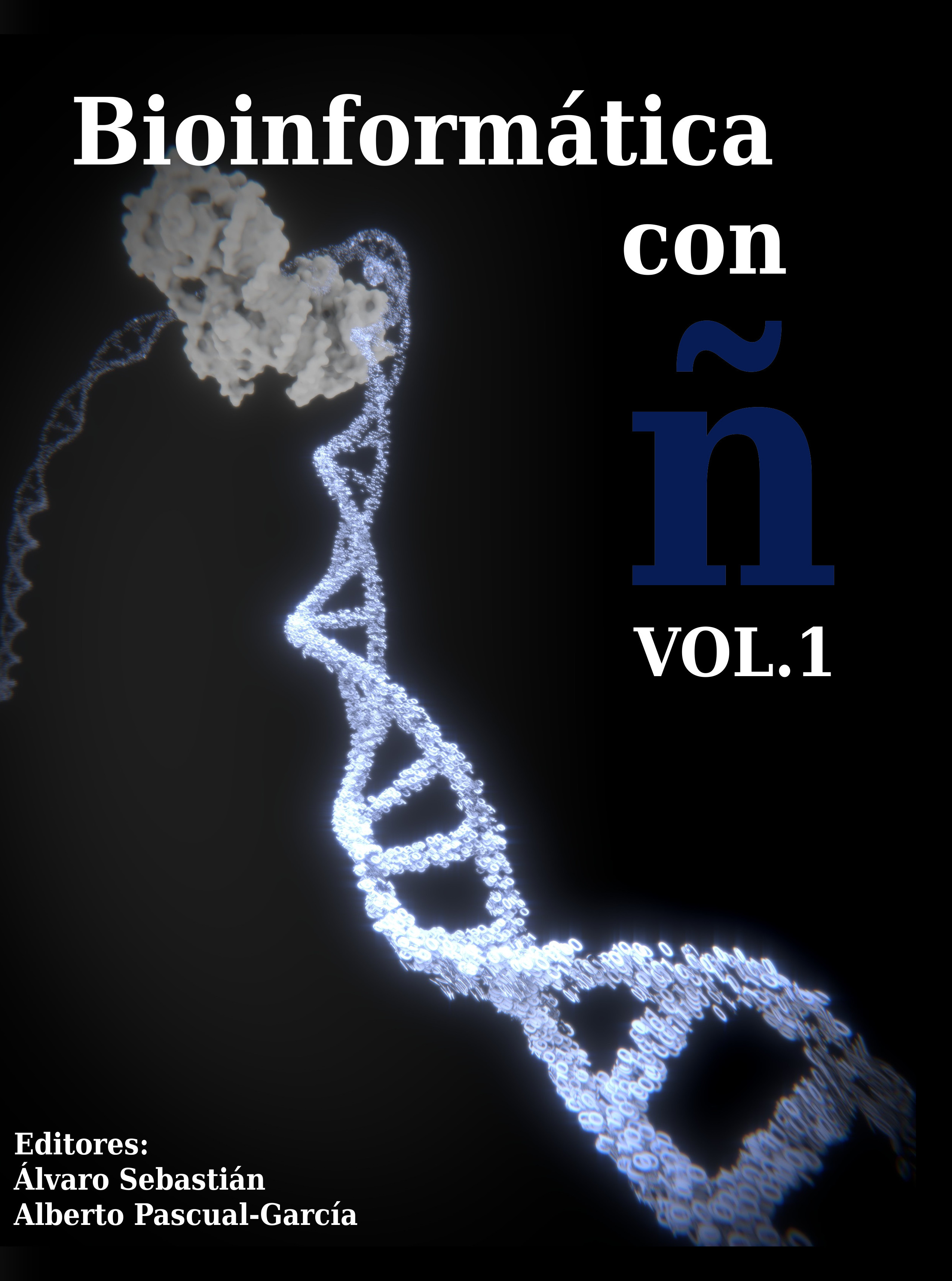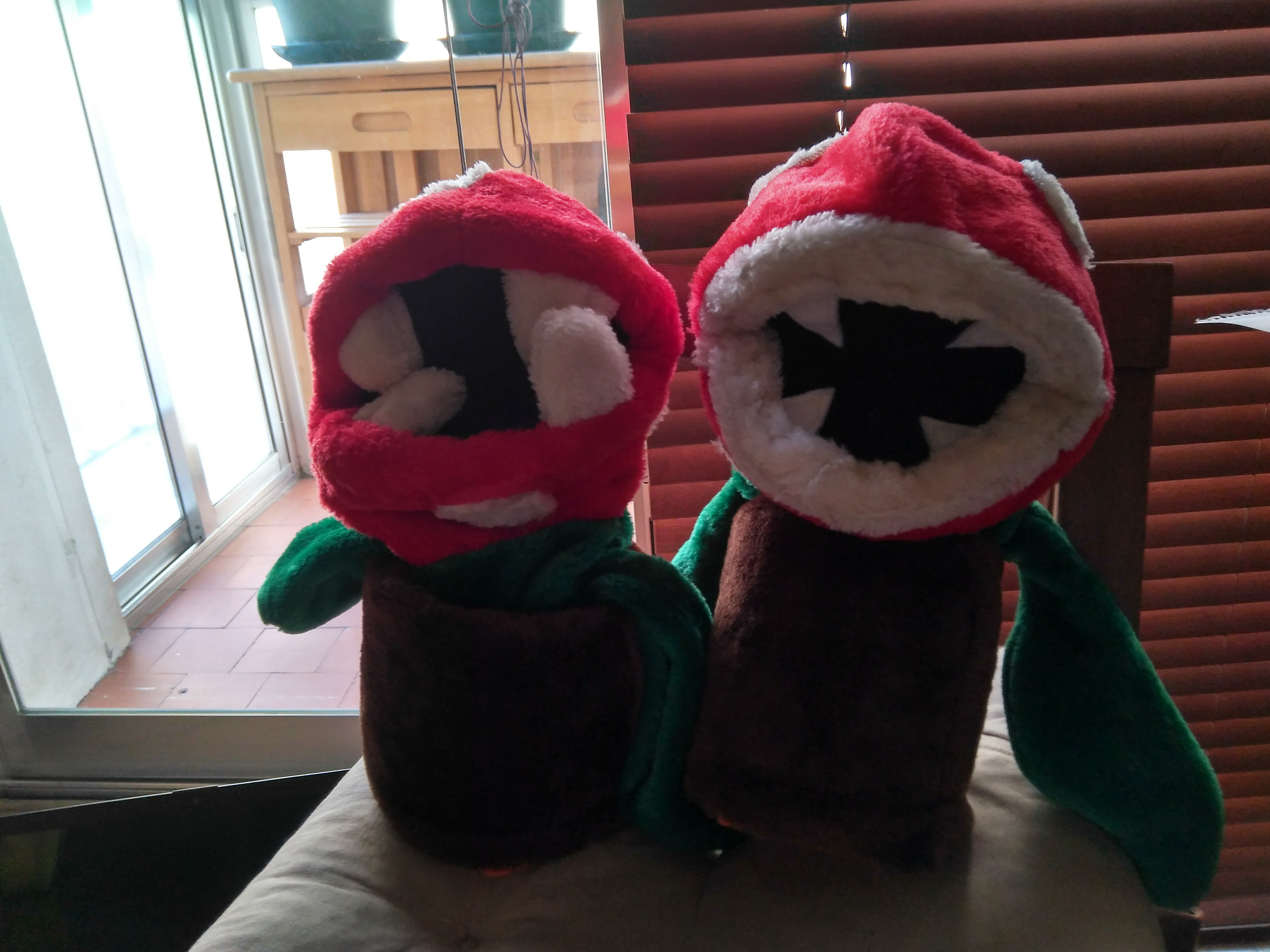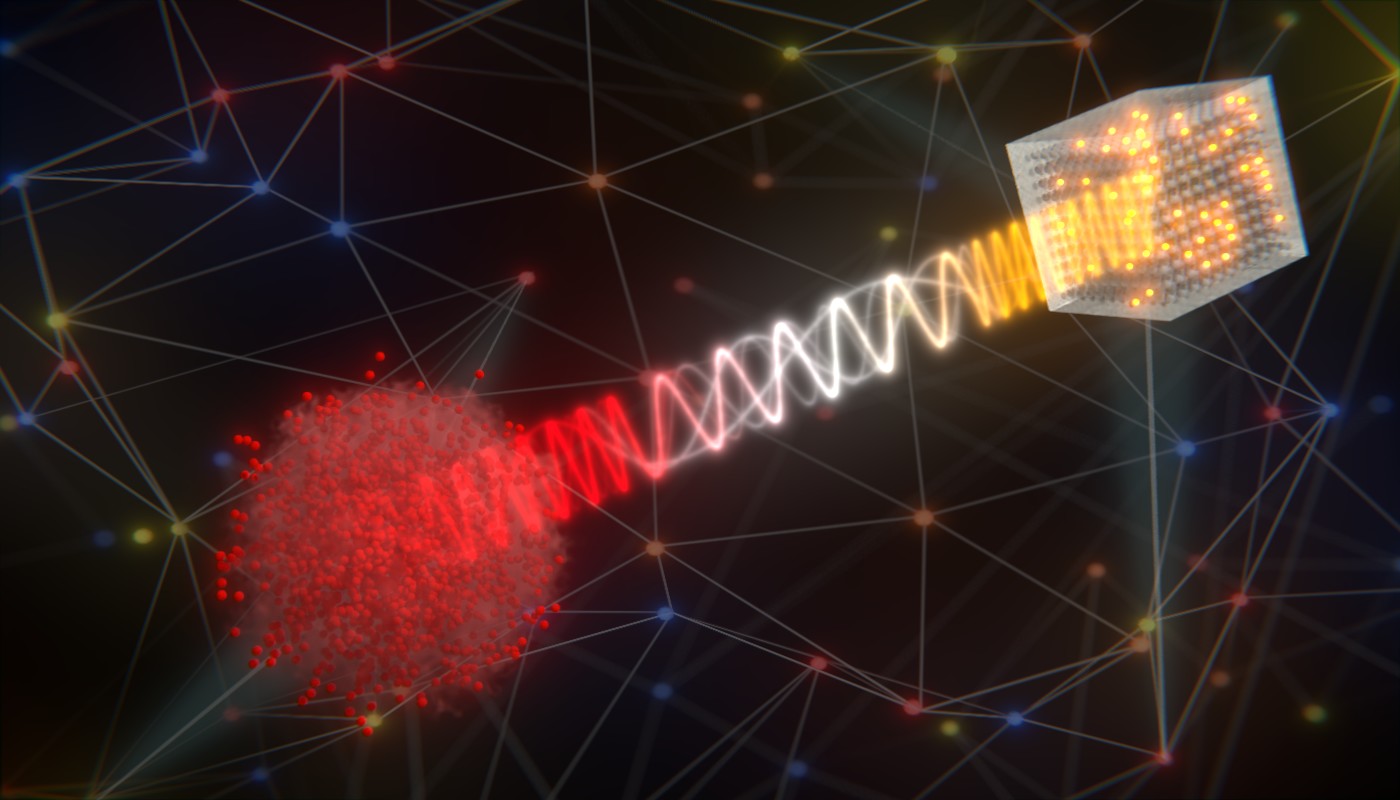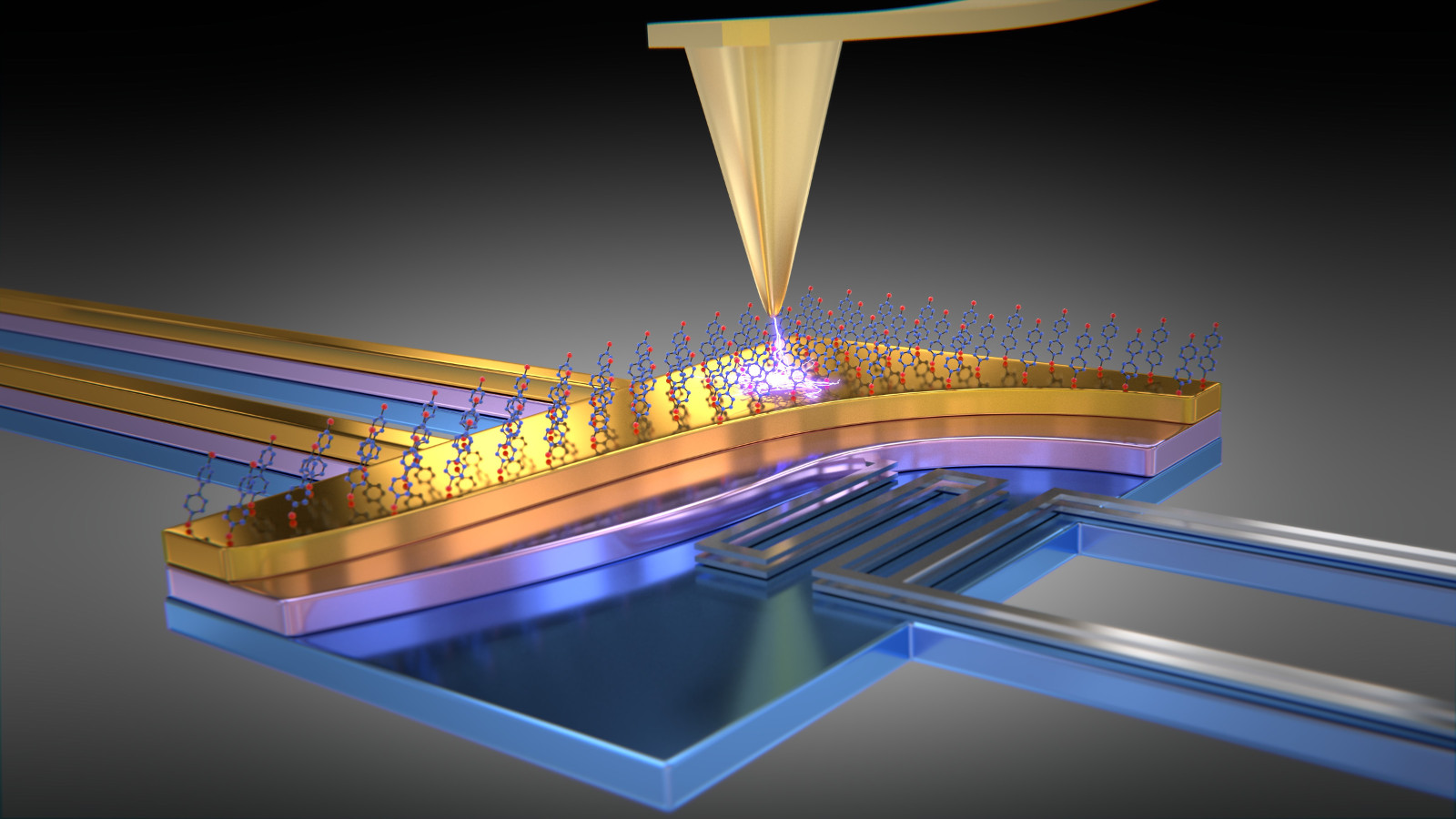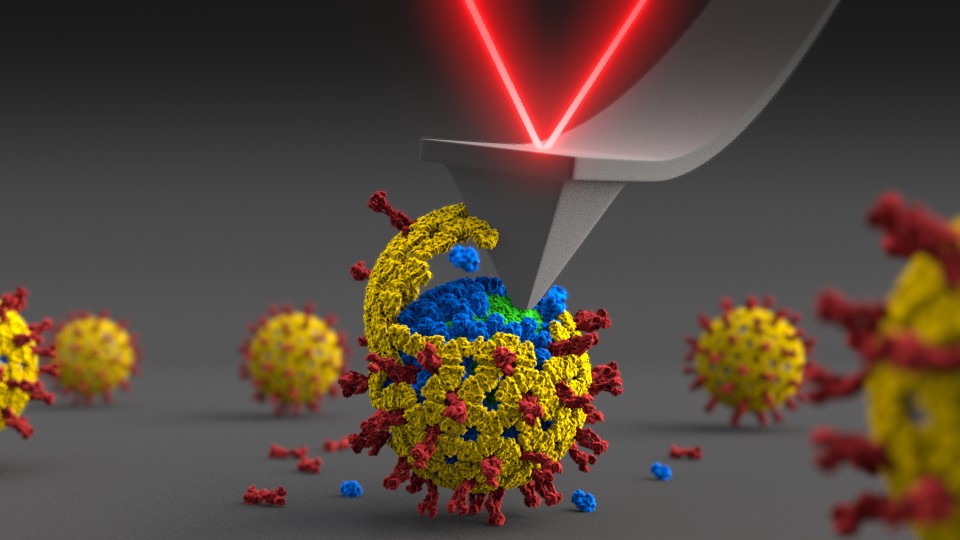Here we have another breakthrough in our understanding of the DNA molecule. And this time it comes from people we particularly like. Physicist at Basel University have been able to study the dynamics of DNA at low temperatures using atomic force microscopy: cryo-force spectroscopy. With this technique it is possible to measure the bare underlying forces and interactions that join the molecule together. Their findings have been published in Nature Communications
Prof. Enrst Meyer, together with researchers from Germany and Madrid contacted us to make this picture that illustrates the process of stretching while detaching the DNA molecule from a gold surface.
